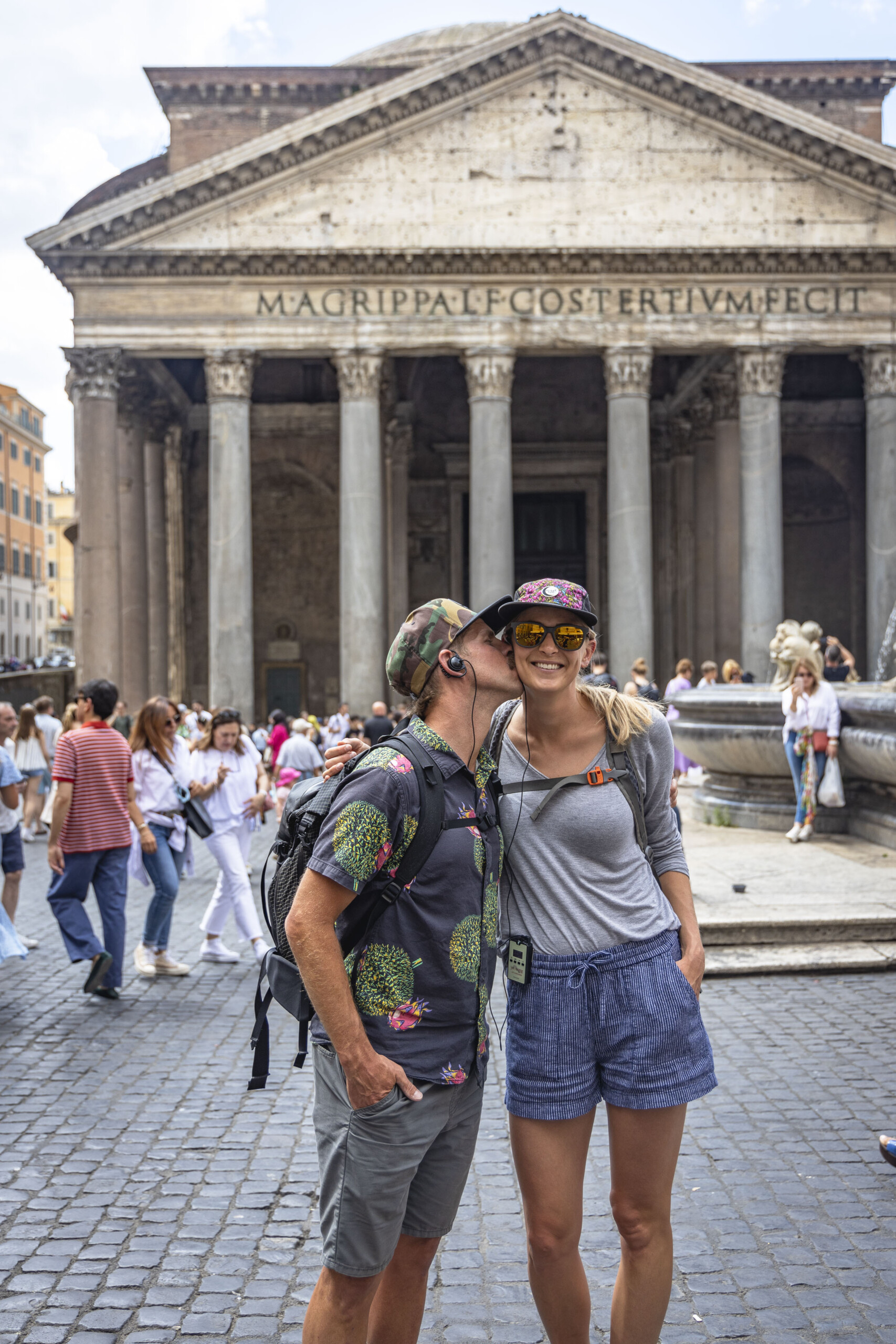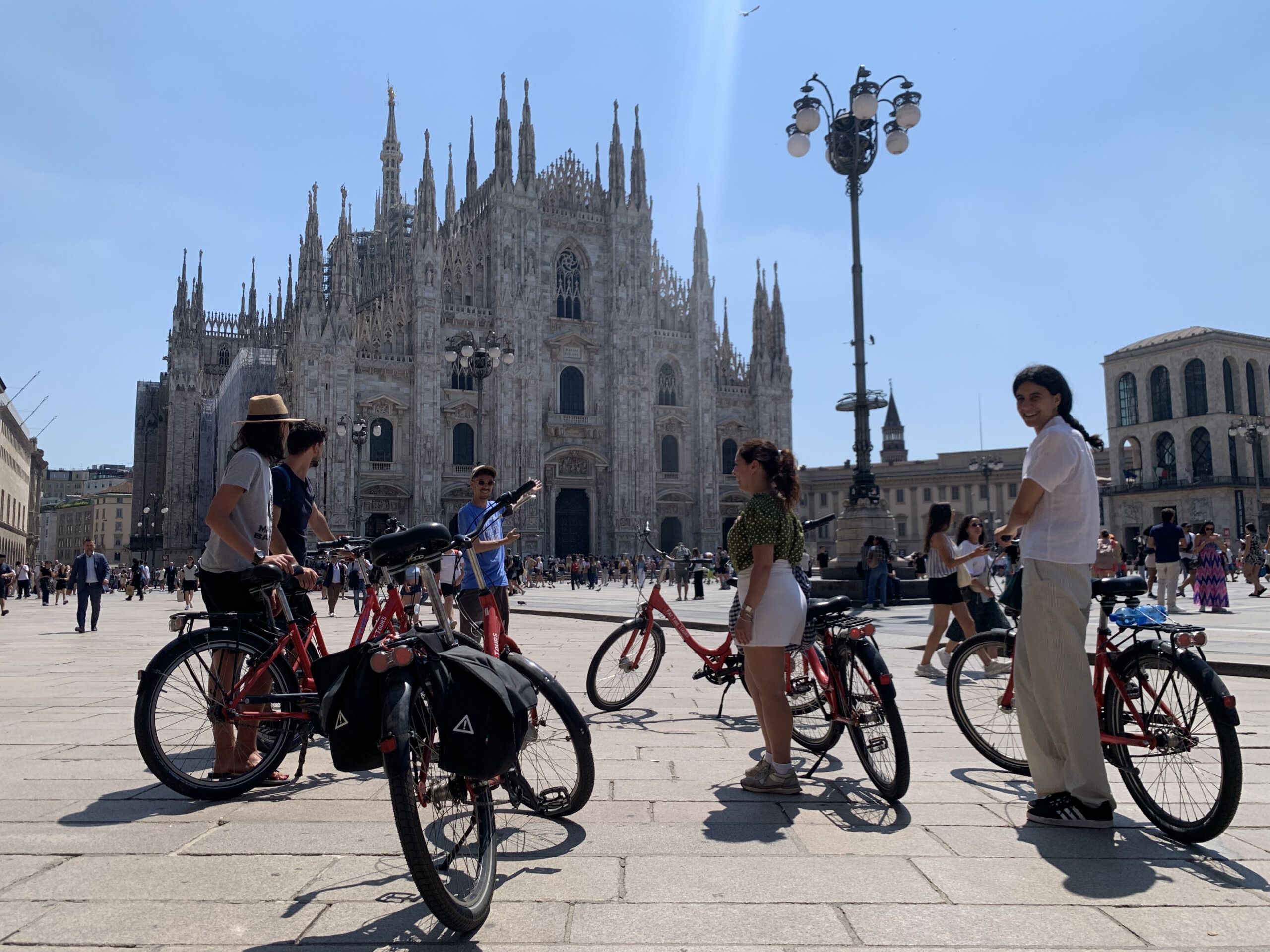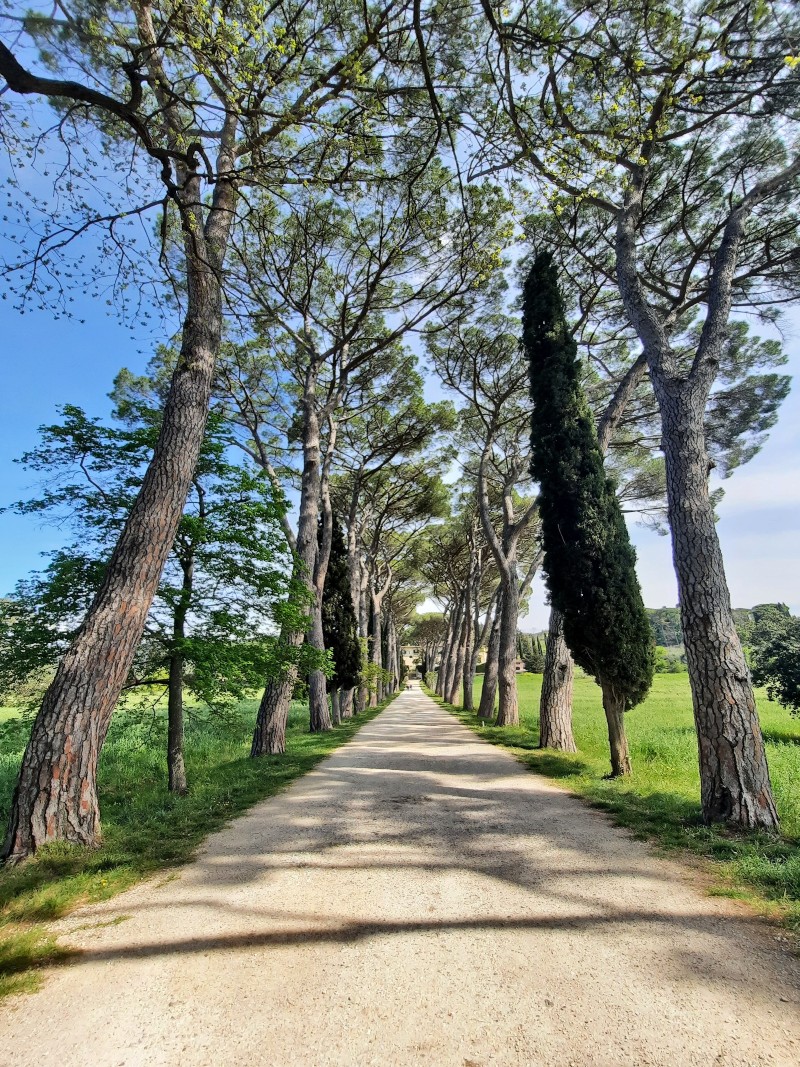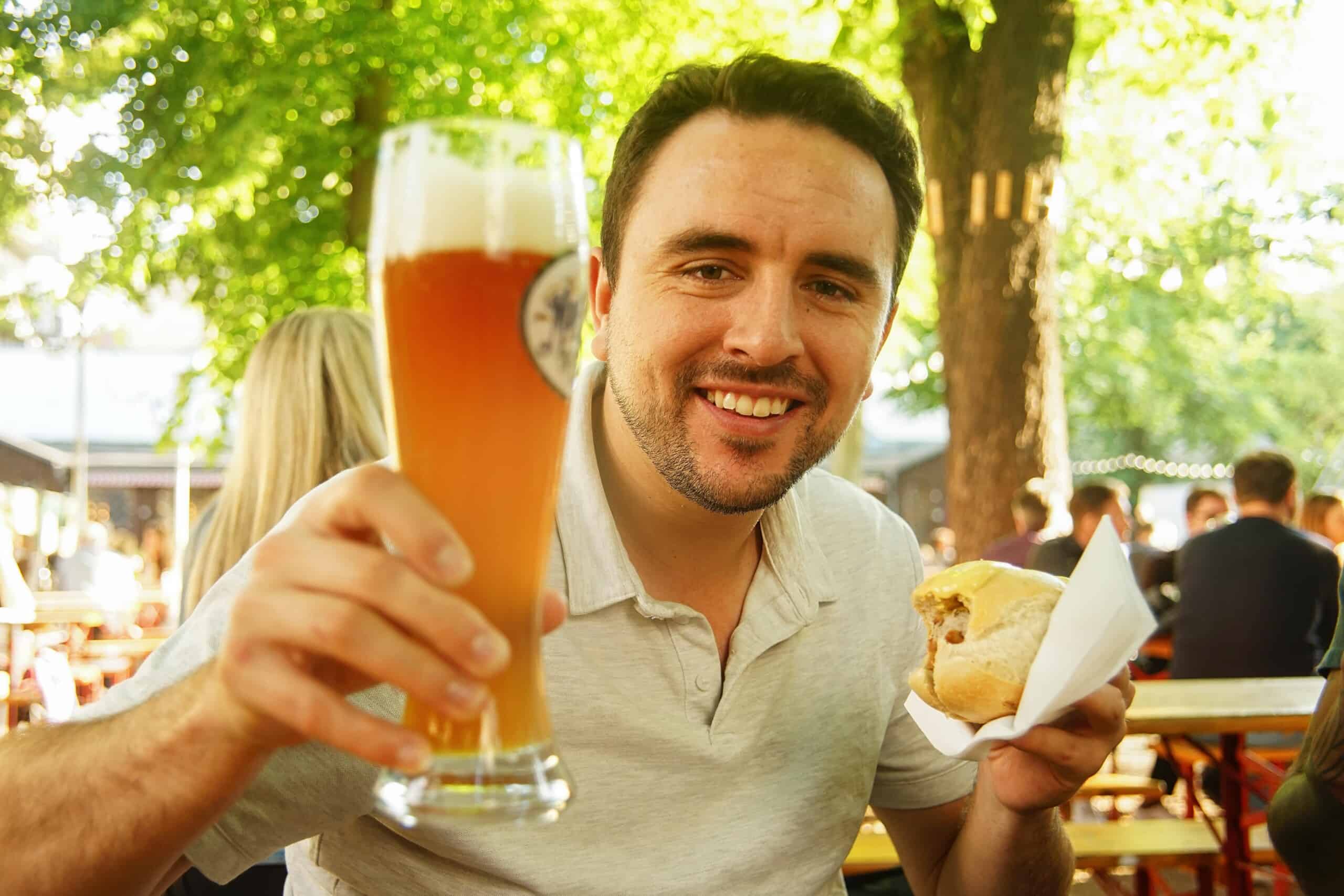By Marriette Rough, Segway guide and “ostalgie” fan.
Berlin has some exceptional old school cinemas for you to check out. As with anything in Berlin, they are layered up with history. Here are our two favourites for you to pop in to, even if just for a look at the spectacular foyers. Wildly you can buy booze as well as your popcorn.
Babylon
Address: Rosa Luxemburg Str.30
Train Station: U-Bahn Rosa Luxemburg Platz
Price: Around €6
Opening it’s doors in the spring of 1929, Babylon certainly has a rich history. Built by architect Hans Poelzig at a time when 378 cinemas were listed in Berlin. Not only did it stand out because of it’s beautiful design but also because it housed it’s very own Kinoorchestraorgel (Cinema-Orchestera-Pipe-Organ). The Phillips-Kino-Orgel (essentially a magical music machine) accompanied the cinemas silent films with musical compositions as well providing the appropriate sound effects; horses hooves, telephones ringing and car horns.
A darkness descended on the cinema as the Nazi Party came in to power. Communist party projectionist Rudolf Lunau actually hid resistance fighters in his projection room during the war. Keep your eyes peeled for a plaque commemorating him in the foyer. Incredibly, despite being bombed and surviving a fire during the war, the cinema, with a miraculously undamaged Orgel, re-opened it’s doors to the public just two weeks after the end of the war.
Babylon served as one of the most loved and prestigious cinemas during the GDR. These days it shows art house films, cutting edge documentaries and a smattering of new releases. They also regularly have discussions or readings with the actual Director/Actors.
I personally have seen three films here; “People on Sunday” (1930), a silent German film which was accompanied by a live Orchestra, the VICE premiere of “Drive” (2011) starring Ryan Gosling and most recently “This Changes Everything – The Film” (2015), a documentary on Climate Change connecting to Naomi Klein’s book on the same subject, which was followed by a rather heated debate on the topic. As you can see they show quite the mix-bag.
Kino International
Address: Karl-Marx Allee. 33
Train Station: U-Bahn Schillingstr
Price: €6-€8 depending on the day
One of the most beloved and iconic buildings in the former East of Berlin is Kino International. The cinema is so beloved that it is actually today under World Heritage protection, proving the value of the architecture and interior design. Built in 61-63, just as the Berlin Wall had been erected, it officially opened its doors in November 1963, with a capacity of 551 spectators. The GDR’s cinematic pride and joy, it was host to decades worth of premieres. The cinema has a foyer with crystal chandeliers and arm chairs upholstered in red velvet, so decadent to say the least. As well as the main cinema there was also a ‘Living Representation’, essentially a room where the leader of the state and party spoke before and after showings. Today this is called the Honecker Lounge. The 8th row in the theater was reserved primarily for East German party leaders, is it had slightly more leg room than any other row… a prime example of the failings of Communism when put in to practice.
Located on Karl-Marx Allee, which was previously named Stalinallee (do you see a theme here?), it screens Hollywood blockbusters as well as Bollywood movies. Once a month one Monday is transformed to MonGAY, where they play movies aimed at gay audiences. The cinema’s final premiere during the GDR was on the night the wall fell, 9th November 1989. Ironically it was Heiner Carow’s film about a gay man called ‘Coming Out’.
Kino International is still used by many famous film makers for premieres, the history and decor managing to keep a lot of Berliners thoroughly entranced. The Berlinale film festival also uses it as one of it’s main venues.





